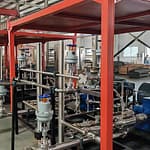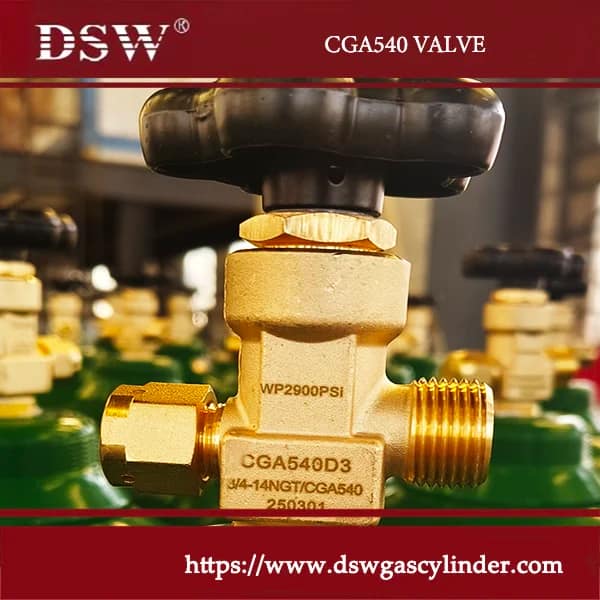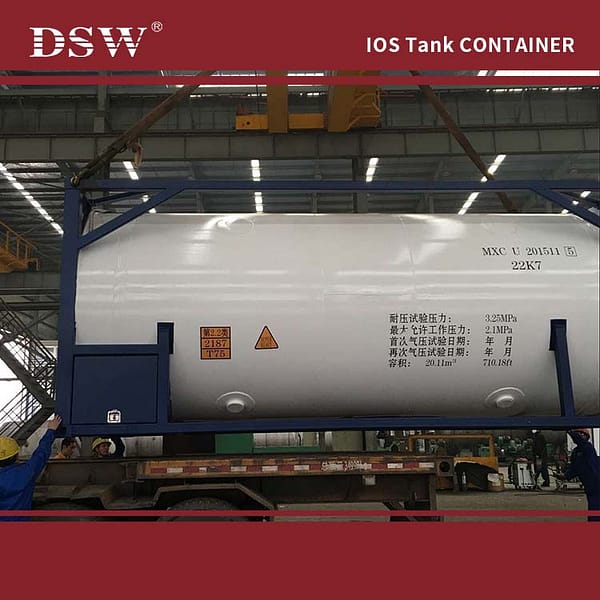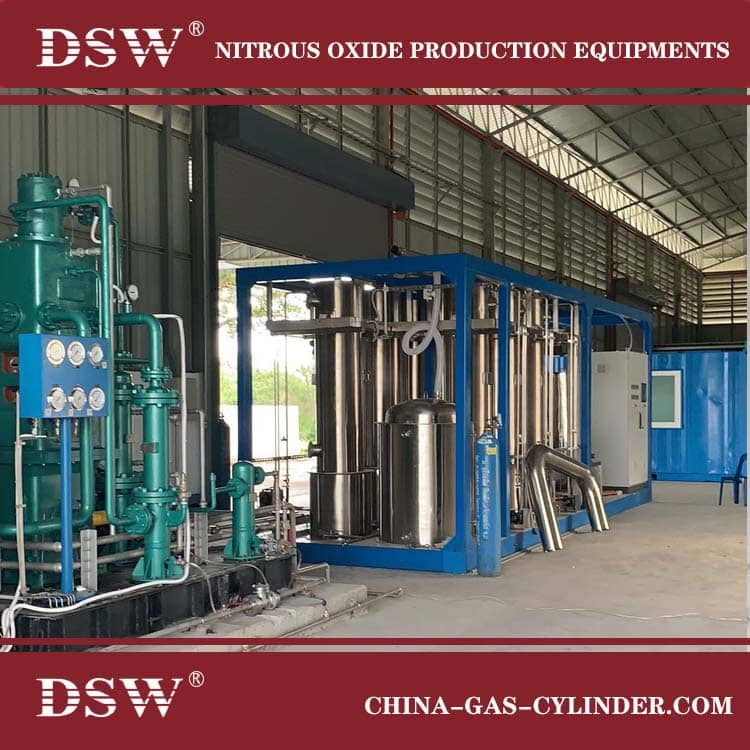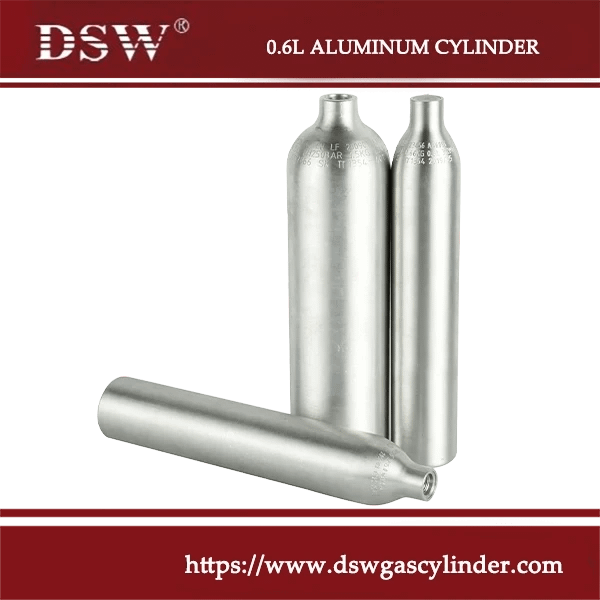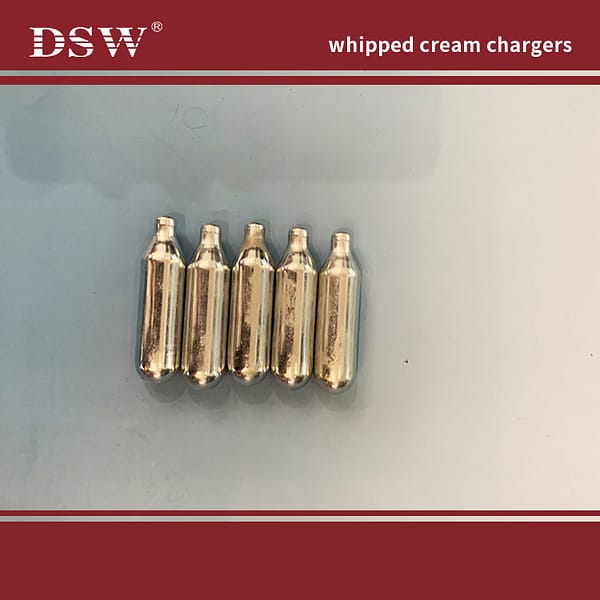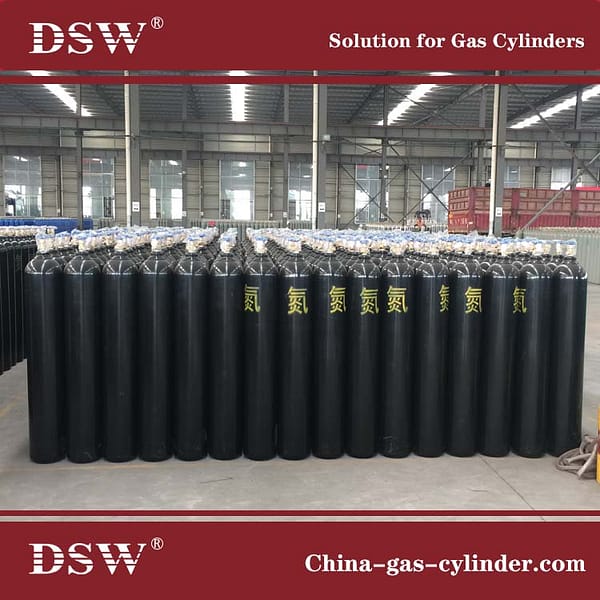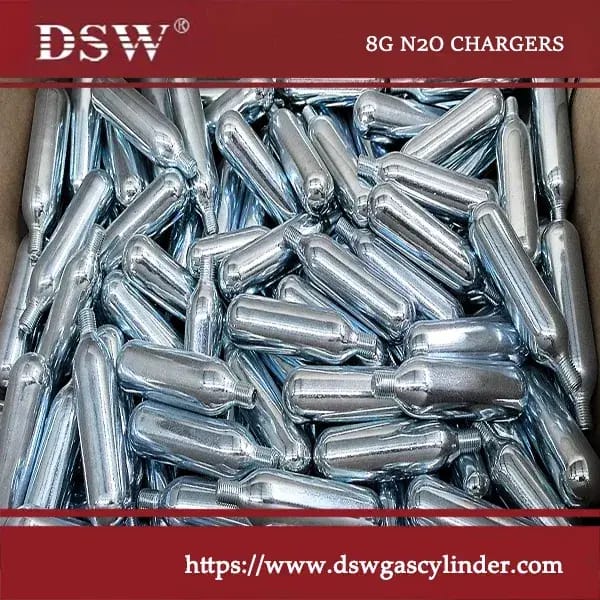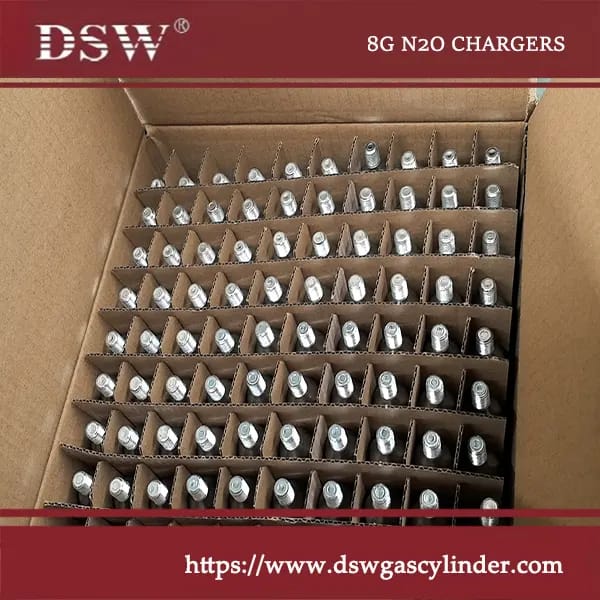Nitrous Oxide Plant Manufacturer
Nitrous Oxide (N2O) is a colourless gas widely used in various industrial applications such as rocket fuel, whipped cream production, and anaesthesia agents.
DSW is one of the leading manufacturers and exporters of nitrous oxide gas plants, providing Nitrous Oxide plant installations worldwide for overseas customers.
Separation from adipic acid off gas
About separation from adipic acid off the gas. It’s used because hexanedioic acid process units by-product nitrous oxide; general adipic acid per ton can produce about 0.28 tons of nitrous oxide. Nitrous oxide content is nearly 50% (wt) and recycles value well in tail gas.
The method for preparing high-purity nitrous oxide using adipic acid production tail gas using the following steps:
(1) absorption pretreatment process: adipic acid produces tail gas and enters the absorption tower; the absorbing liquid at the bottom of the building will absorb most of the CO2、NO2, and H2O.
(2) cryogenic rectification process: the airflow from adsorbent equipment enters the low-temperature fractionating tower. High-purity nitrous oxide is obtained from the low-temperature purifying method column.
(https://patents.google.com/patent/CN105110304B/en)
Thermal decomposition of NH4NO3
Ammonium Nitrate Production: Ammonium nitrate (NH4NO3) is first synthesized by reacting ammonia (NH3) with nitric acid (HNO3). The reaction typically occurs in a reactor vessel, and the resulting ammonium nitrate is purified.
Decomposition of Ammonium Nitrate: The purified ammonium nitrate is subjected to thermal or catalytic decomposition. Both methods aim to break the ammonium nitrate into nitrous oxide and water vapour.
Thermal Decomposition: In thermal decomposition, the ammonium nitrate is heated to a high temperature, usually around 250-300 degrees Celsius (482-572 degrees Fahrenheit). The heat causes the ammonium nitrate to decompose into nitrous oxide and water vapour.
Catalytic Decomposition: Catalytic decomposition involves passing the ammonium nitrate over a catalyst, facilitating the decomposition reaction at lower temperatures. Common catalysts used for this process include alumina, zeolites, or other metal oxides.
Separation and Purification: The resulting mixture of nitrous oxide and water vapour is then cooled to condense the water vapour, leaving behind high-purity nitrous oxide gas. Various separation and purification techniques, such as condensation and fractional distillation, are employed to obtain the desired purity.
Additional Refining (Optional): Depending on the desired level of purity, further refining processes, such as adsorption, absorption, or scrubbing, may be employed to remove impurities or traces of other gases.
The electronic industry uses nitrous produced this way. Food grade is not allowed. The last process is the only one that produces food using nitrous.

Skid-mounted N2O equipment
The plant units can be skid mounted if fixed to a platform and then covered by a frame.
The control system is also integrated into the frame. Installation and startup require local utilities as well as raw materials.
Food Industry
Industry Grade
Medical Industry
Scientific Research
Other


Nitrous Oxide Plants

Nitrous Oxide Production Plants Supplier




